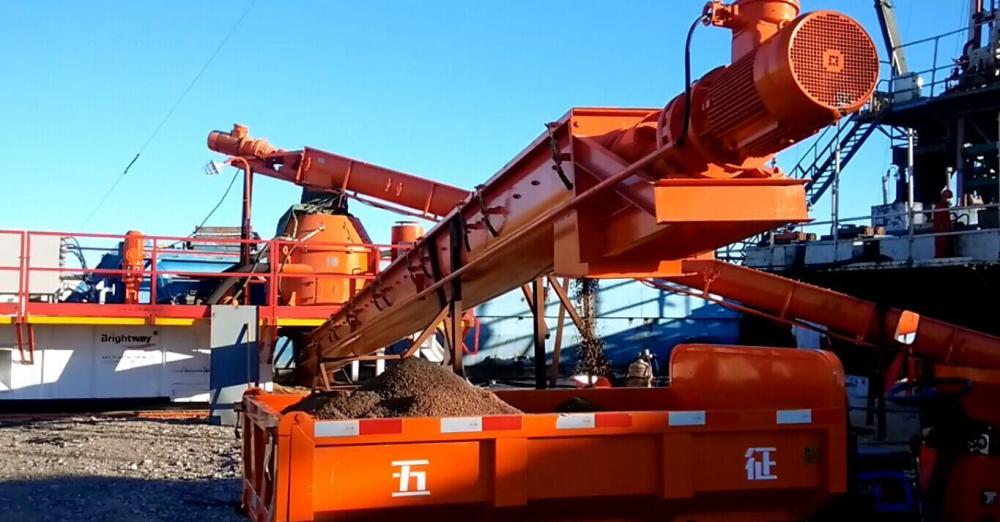Regulations for Handling Drilling Waste
As the oil and gas industry expands exploration and extraction activities, stronger regulations have been put in place to manage the various wastes generated through drilling operations. Drilling produces several types of wastes that require careful handling and disposal to prevent environmental contamination and protect public health. The EPA and state environmental agencies have developed detailed rules for transporting, treating, storing, and disposing of drilling fluids, drill cuttings, and other wastes.
Drilling fluids, also known as drilling muds, are formulated to lubricate drill bits, cool drilling equipment, and remove rock cuttings from the wellbore during drilling operations. Large volumes of used drilling fluids and cuttings are brought back up from underground and must be properly disposed of. Regulations specify the testing, containment, and record-keeping required for different types of drilling muds and cuttings based on their chemical composition and potential environmental and safety risks. Transportation of wastes off-site also has stringent documentation and packaging standards to prevent leaks or spills.
Treatment and Disposal Options
There are several common treatment and disposal methods approved for oil and gas Drilling Waste Management depending on their toxicity and concentrations of contamination. Non-hazardous cuttings can often be disposed of in approved landfills as long as contamination levels meet land disposal restriction limits. Some treated drilling fluids and cuttings can also be discharged with a water discharge permit if contaminant concentrations are low enough not to endanger surface water quality.
Closed-loop drilling systems aim to reuse drilling fluids as much as possible between well locations to minimize waste volumes. Solids control equipment helps remove cuttings and fines from reconditioned fluids. Residuals and fluids that cannot be reused undergo additional treatment options like solidification, bioremediation, or thermal processes to reduce hazardous constituents to approved levels for disposal.
Landfarming and land application are two methods used to treat drilling wastes with higher contamination. This involves spreading treated drilling mud or cuttings in thin layers on approved land treatment sites. The cuttings and contaminants are broken down through natural biodegradation and plants uptake trace concentrations as the waste materials are gradually worked into soil over time. Periodic soil and groundwater monitoring ensures no unsafe migration of pollutants occurs.
Deep well injection is used as a last resort for hazardous or highly concentrated wastes that cannot be cleaned up for other disposal methods. Liquid wastes are injected thousands of feet underground into isolated rock formations for permanent storage. Regulations cover injection well construction, pressure monitoring, mechanical integrity testing to prevent subsurface contamination. Overall, the oil and gas industry works closely with environmental oversight to properly characterize, track, and dispose of drilling wastes using validated practices that protect the surrounding environment and communities.
Spill Prevention and Emergency Response
In addition to proper waste handling and disposal procedures, operators implement spill prevention and emergency response measures to safeguard against potential accidents and contamination incidents during drilling activities. Site plans outline protective infrastructure like secondary containment berms around mud tanks, chemical storage areas, and other equipment. Leak detection systems and frequent inspections help identify issues promptly before a spill occurs.
Workers receive extensive training in spill response protocols and use of spill kits. Contractors are required to have contingency plans approved by regulatory agencies covering worst-case discharge scenarios. Drills ensure emergency teams can quickly evacuate areas, control a release, and notify authorities. Preparedness is key as rapid containment and cleanup helps minimize environmental impacts in the event of an unplanned spill or release. Lessons learned from past incidents also strengthen protective equipment design, work practices, inspection intervals and community notification systems.
As the volume of drilling waste continues to grow with expanding drilling programs worldwide, responsible management through science-based regulations and operational best practices remains crucial. Protecting air, water, and soil quality near drilling sites safeguards ecological and public health. Ongoing research into improved drilling technologies and innovative treatment methods also help lower industry impacts and push boundaries of sustainability. With multi-layered protocols for handling, transporting, treating and disposing of wastes; as well as robust spill prevention and emergency response systems – the oil and gas sector aims to develop energy resources safely and with minimal risk to surrounding communities and the environment.
*Note:
1. Source: Coherent Market Insights, Public sources, Desk research
2. We have leveraged AI tools to mine information and compile it

